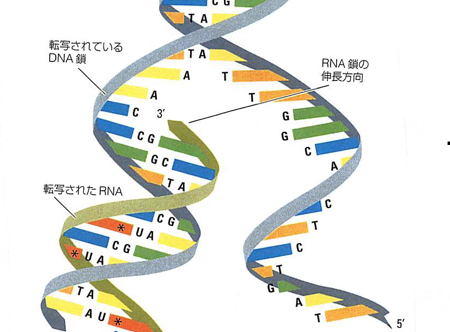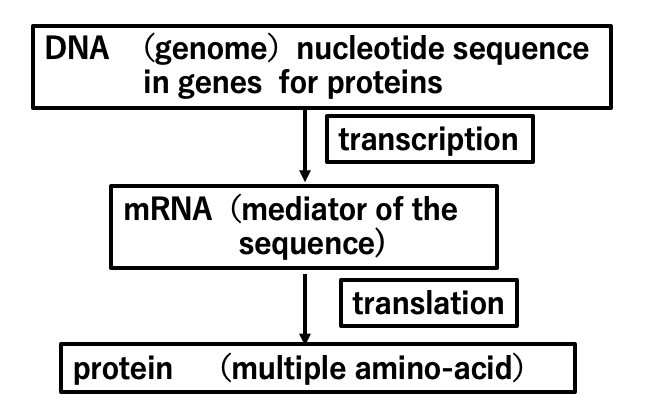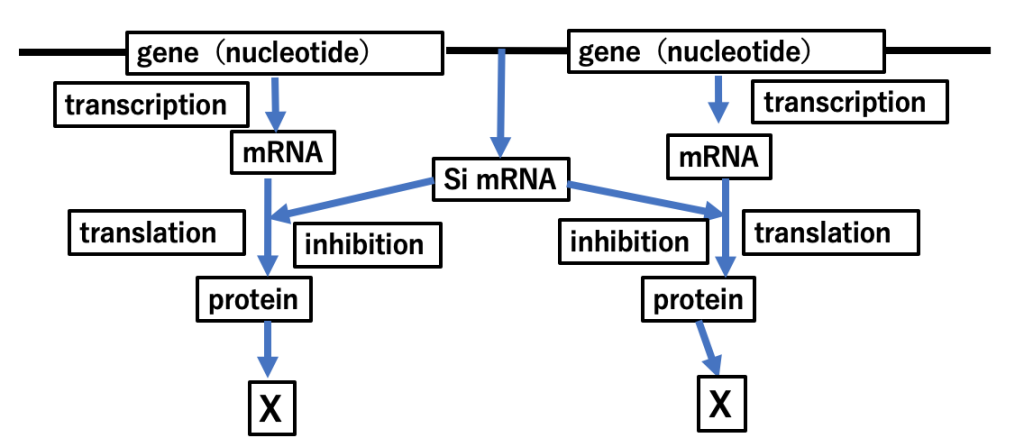
The Nobel prize for Physiology or Medicine 2024 unravels the mysteries of new RNA.
Dr. V. Ambros and Dr. G. Ruvkun were awarded the Nobel Prize for Physiology or Medicine in 2024. Their discovery of MicroRNAs has identified a new physiological role in our cells.
It is well-known that RNA is a copy of DNA which sets the sequence of amino acids in a protein. During their study in the late 1980’s, Dr. V. Ambros and Dr. G. Ruvkun found much shorter new RNAs than usual, around 20 nucleotides, transcribed from DNA. Previously, since people believed that RNAs are at least 70-90 nucleotides, the roughly 20 nucleotide length seemed to be too short to code amino acids.

Fig. Flow of genetic information from DNA to Protein through mRNA.

Fig. Si mRNA is a inhibitor of the protein synthesis coded in the so-called non coding region of genome.
First of all, the researchers experimented with worms called nematodes. After identifying a mutant nematode with impaired growth, they analyzed the consequence of this mutation. In the end, they were surprised to find that the identified mutated gene does not code for a protein. However, they wondered, if this gene did not play a role in protein synthesis, then what was its purpose?
Our DNA (genome) is comprised of about 3 billion components, known as nucleotides. While only 10 percent of the genome codes for amino acid sequences, the function of the remaining nucleotides (noncoding region) had not been clearly determined. The MicroRNA found by Dr. Ambros and Dr. Ruvkun was transcribed from this noncoding region of the genome.
MicroRNA directly bind to other mRNA of proteins essential for the normal development of nematodes. This RNA-RNA binding blocked the progress of protein synthesis of the essential protein. When such a mutation takes place in the MicroRNA, the RNA cannot inhibit the protein synthesis required for normal development. Thus, these MicroRNA have been identified as a new regulator in our cells, thus labeled SiRNA (short inhibitory RNA). Now more diverse SiRNAs have been discovered. This includes those found not only in nematodes but even more than 1000 SiRNAs identified in human cells. Most SiRNA exist in the noncoding region of our genome.
The regulatory mechanism of the SiRNA involves diverse physiological processes. For instance, it is known that various proteins inhibit or promote oncogenesis. Among them several proteins are known to be regulated by SiRNA. Therefore, people are looking forward to finding new treatments to utilize the function of Si RNA to cure cancer.
